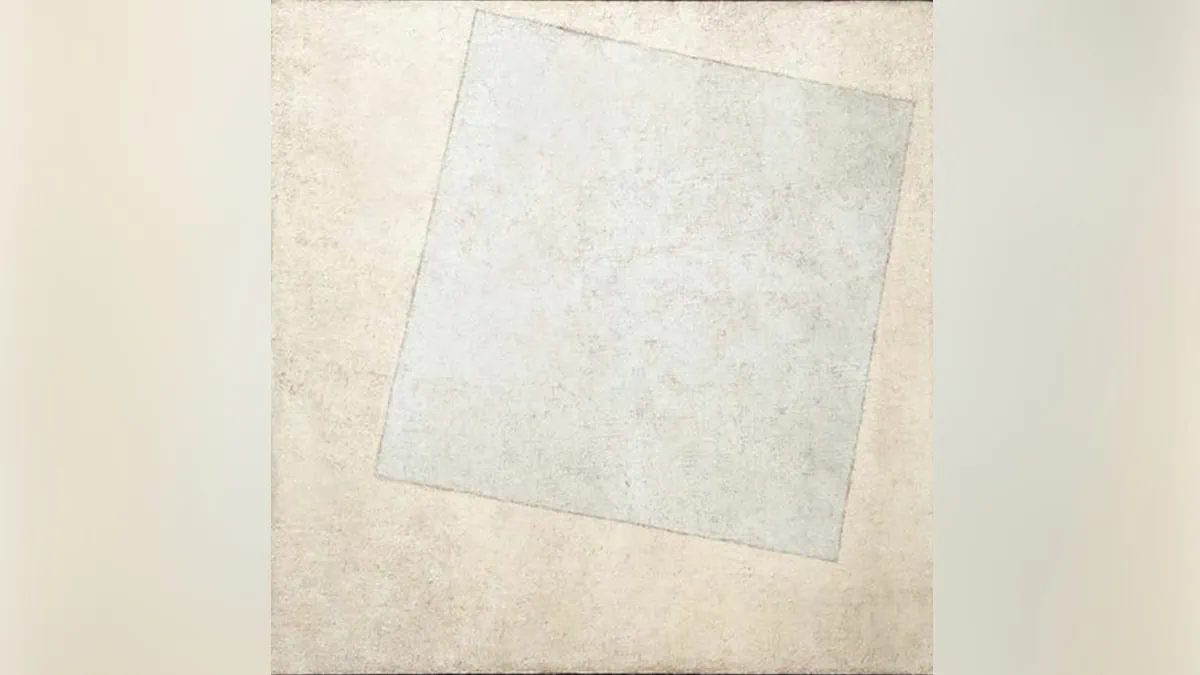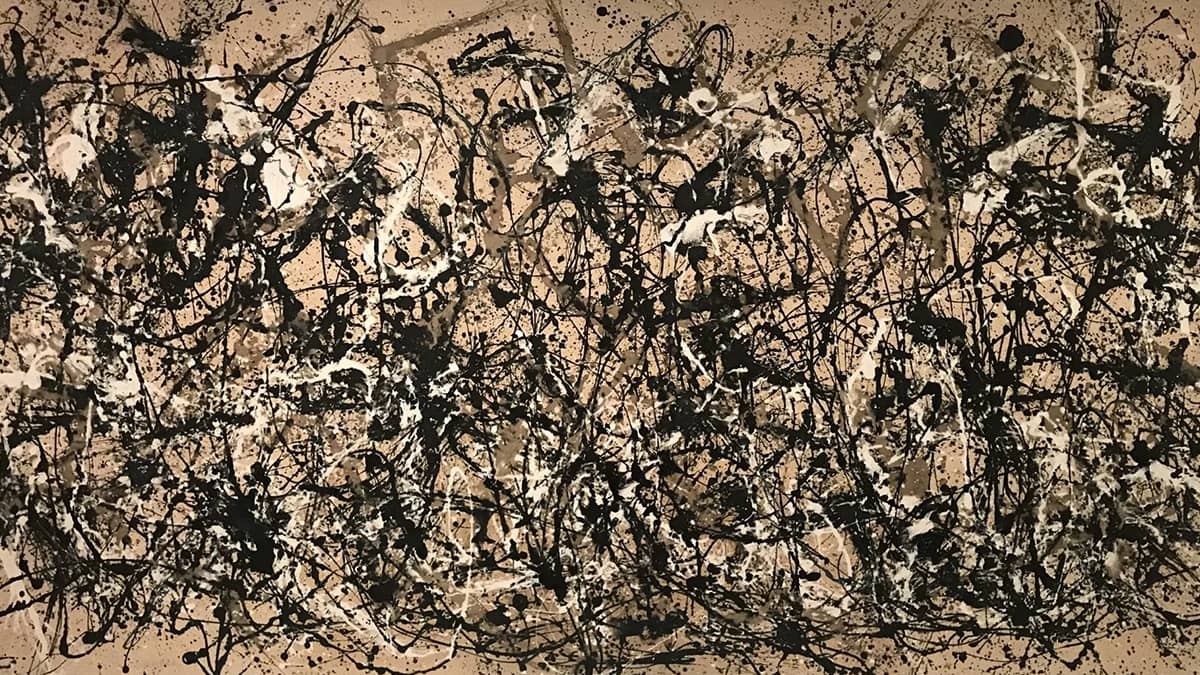Less is more!
I am sure all of us have heard this paradox at least once in our lifetime!
But do you think it would make more sense when connected to monochrome in art?
Let us take a moment to look at nature itself;
We see oceans—which are all blue and sea-green, and yet we see different shades of them.
We see the sunset sky with pink and purple shades melting into each other.
And then we even see a group of trees, not all of them are of the same green, but they are definitely eye-striking green!
We have so many more examples where a single color and sometimes their shades hold our attention and intrigue our mind.
As we know art imitates nature, and we have seen this same color phenomenon within art too!
This color pattern is called monochrome— when a single color and its shades are involved.
Monochrome can also have black and white colors incorporated in it because these are two colors that come into any color spectrum!
Now we know the effect of a single color, what do you think of monochrome in art?
I am going to take you through a mini-guide introducing monochromatic art, its history and significance.
We will also look into some of the most famous monochromatic paintings!
(Also read: Function of Art)
Table of contents
- History of Monochrome in Art
- Monochrome: Limit of Color or Abundance of It?
- Famous Monochromatic Paintings
- 1. The Black Square
- 2. Anthropometry of the Blue Period by Yves Klein
- 3. Autumn Rhythm (number 30) by Jackson Pollock
- 4. Black on Maroon by Rothko
- To Conclude: Where is Monochromatic Art Headed?
- Frequently Asked Questions
History of Monochrome in Art

Do you know that monochrome in art and its aesthetic was first embraced in the 12th century?
Yes, the leader of a religious group known to be Benard of Clairvaux, is notably the first one to establish the monochromatic aesthetic.
He stated that everything in their Cistercian monastery would be in the color of black and white!
Benard made this decision because he conjured the belief that color was in fact unnecessary.
His belief also included how too many colors are overstimulating the human sense, which in fact distracts one away from meditation!
He worked towards creating a peaceful place for the monks that would be the space for someone to explore spiritually.
To put this into action Benard made sure that all the illuminated manuscripts and stained glasses were painted in monochrome shades.
Although the monochrome aesthetic was first introduced for religious purposes, it soon seeped into the public’s interest.
Eventually this art form was considered desirable by the French royal families and aristocrats!
But then, monochrome was still limited to the use of just black and white colors and not any other other color.
While Ukrainian artist Kaizmir Malevich is known to be the father of monochrome art, we also have other artists who have contributed to the art style before him.
Jean Auguste Dominique Ingres, who is known for creating neoclassical paintings, has also explored into monochrome art style!
Monochrome: Limit of Color or Abundance of It?

Colors have a way of communicating with you like nothing else!
You don’t just see it, but you also feel colors, in the most magical way.
Each color reflects and resonates with you in a different way and it becomes a very personal experience!
That said, what do you think of monochrome colors?
And what do you think monochrome in art is trying to achieve?
By choosing the monochrome aesthetic, are artists limiting their spectrum or actually widening it?
I would say, it is the latter.
Yes, I definitely agree that colors are important to express things and feelings.
There are so many colors that get associated with our emotions.
But at the same time, sometimes, too many colors can overwhelm an individual and cause a sensory overload.
And in the process, the feeling or the message that needs to be conveyed, will just slip through!
Sometimes, maybe it would work best if we could just focus on a single color and let it do its magic.
A singular color cannot be in any sense boring, because they come with different shades and hues.
Even if we are presented with a block of plain color, our mind works in different ways to associate with it.
With the theory of color psychology, focussing on certain colors alone can have a deep effect on an individual’s psyche in many positive ways.
And moreover, the message you want to give through the monochromatic art will be crystal clear!
So the next time you see a monochromatic painting, pause, and watch it carefully, I am sure it could resonate with you abundantly!
Famous Monochromatic Paintings
To understand any art or art aesthetic, we are gifted with an abundance of very talented artists from our history.
We have many artists in the art world who have immensely contributed to every single art aesthetic and movement to ever exist.
People often confuse minimalist art with monochrome in art, while they are connected in some ways, they are not the same things!
Let us look into some of the most famous examples of monochrome in art and the perspectives of monochromatic artists!
I have chosen four unique and distinct examples of monochromatic paintings that display monochrome in art:
1. The Black Square

This monochromatic art was created by Kazimir Malevich in 1915 and titled the Black Square!
As you can see, it is literally a black square, a block of blackness on canvas!
Make sure that you don’t mistake the cracks on the painting to be an intentional design.
These cracks were caused naturally; we could probably say that it was an added work of art by time itself!
It would just look like a canvas painted with black paint, but for the artist, Malevich.
Kasimir Malevich’s intention was to give his viewer’s maximum visual experience with the darkest color possible.
He also coined the term “Suprematism” for this particular style and saw an abundance of possibilities with this artwork.
This could be viewed as an abstract art, like many monochromatic art, but it is not in every case!
This was not the only artwork that he created in this period, but in fact, there was a whole series of paintings made using the color blue.
2. Anthropometry of the Blue Period by Yves Klein

Yves Klein was a performance artist who was actively engaged with performance arts and in creating different depictions of it.
The Anthropometry of the Blue Period was also created during the period; it’s one of the best examples showing monochrome in art!
Did you know? To create this monochromatic abstract art, Klein used five naked women to be his “live brushes” on the canvas.
The frontal area of their bodies were smeared with blue paint, creating a mystifying apparition on the canvas.
His intent was to combine tradition and performance art together to create something magnificent with a single color!
3. Autumn Rhythm (number 30) by Jackson Pollock

One of the most iconic paintings of Jackson Pollock, the Autumn Rhythm, was created in 1950.
This abstract painting was recognized as modern art, and was also known to be a revolutionary artwork of his time!
The color and shades he used in this particular painting goes with the title he gave it— they somehow remind you of Autumn!
The American artist created a monochromatic abstract art that represented chaos but also a compelling pattern.
In this particular example of monochrome in art, you can see how a couple of paintings are used.
All these shades, including black and white are part of the single color, that is brown here.
It is said that Pollock had painted from all sides of the canvas while creating this monochromatic art!
4. Black on Maroon by Rothko

This monochromatic art by Mark Rothko was created in the year 1958, on a rectangular unframed canvas.
The artist has played with two colors blending into one here to create the monochrome in art!
The base is maroon, painted generously onto the canvas, and then the artist overlayed this with black, creating a monochromatic effect.
Black is not completely covered over maroon, but there are two rectangle structures made.
So, if you look at it, you’ll see a block of painting, with two very dark shades, and yet you see a window!
The edges are not rigid, in fact it gives a rather scattered and smeared effect.
Rothko has stated that he was inspired by the Michelangelo walls of the Medicean Library in Florence.
He intends to give a rather “trapped in a dark room” effect, where the viewers do see the window, but beyond it is again darkness, and not light!
To Conclude: Where is Monochromatic Art Headed?

We already have some incredibly talented contemporary monochromatic artists who have deeply explored this aesthetic.
Like Yayoi Kusama, who is known for abundantly using her talent for Japanese art!
She dived deep with her Infinity Net Series, which began in 1959 and the series continues till day!
One of the most fascinating things I realized about monochrome in art is that it can be in fact part of any form of art.
The foundation of any art often starts with a single color and its shade.
For example, minimalist art and monochromatic art are connected in some sense.
Some minimalist art could be recognized as monochromatic art given that there is one one color and its shades and hues used.
But a lot of monochromatic art can be recognized minimalist because of its features.
With monochrome in art, there is an abundance of opportunity, which is not restricting and extremely thought provoking.
The color theory on the human psyche can also be used tremendously through monochromatic paintings.
I believe that monochrome in art has a long way to go into the future, even though it might incorporate different forms and styles.
Another interesting thing about monochrome in art is that it can be incorporated into different art movements and aesthetics.
It is definitely a type of art that stresses on the viewer’s perspective more than anything, and also challenges their mental capacity!
With that note, I really hope you let yourself explore this particular and very intriguing genre and let the mind do its work!
Frequently Asked Questions
The Suprematist artist Kazimir Malevich is known to be the father of monochromatic art. Monochrome in art is believed to have begun in Moscow, with the artwork made by Malevich, known as the Suprematist Composition: White on White Of 1918.
The paintings by Suprematist artist, Kazimir Malevich were known to be the first ones to showcase monochrome in art.
No, they are different, even though both art forms focus on the formal qualities instead of the subject matter. That said, sometimes minimalist art could be recognized as monochromatic if only one color was used to create it.





